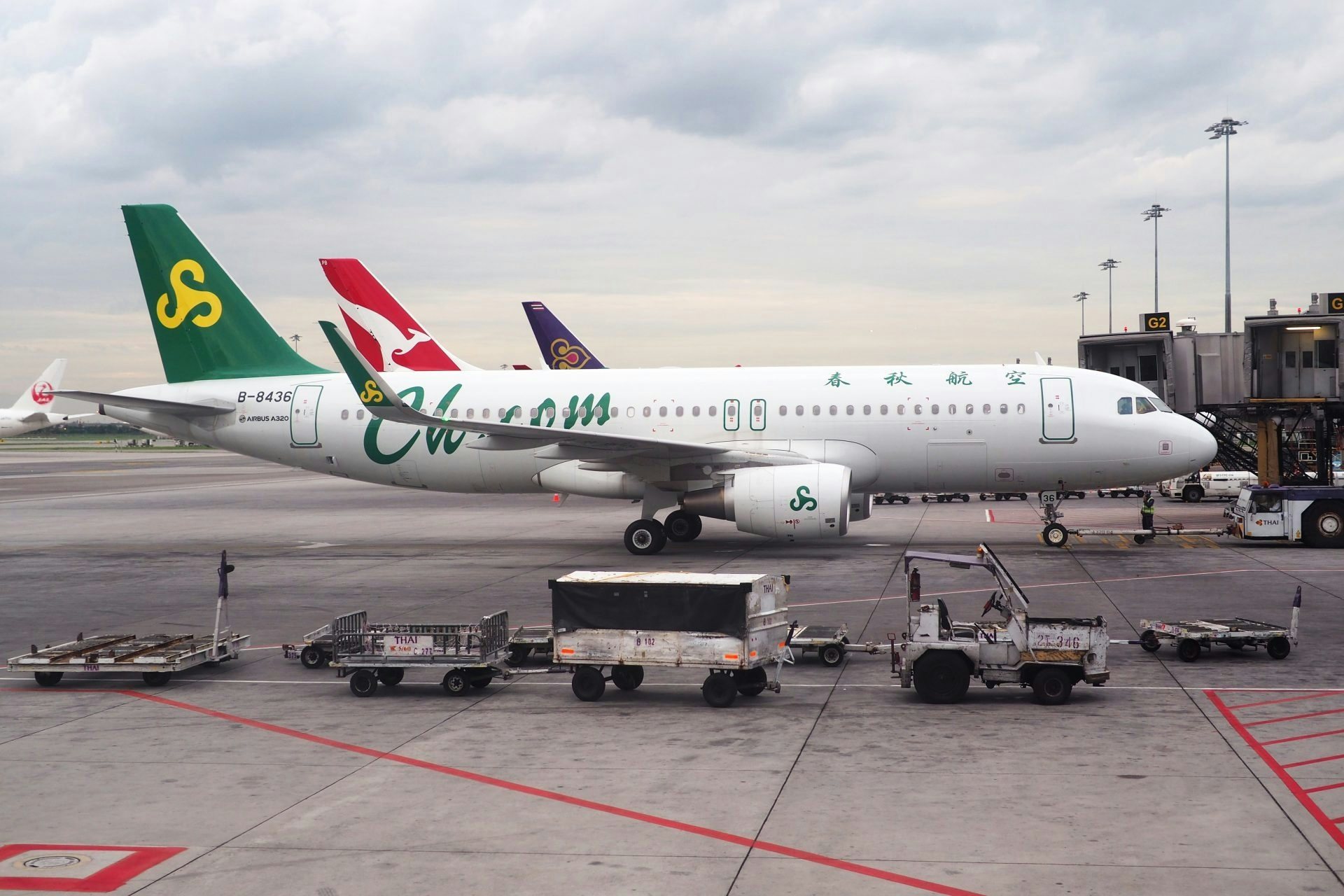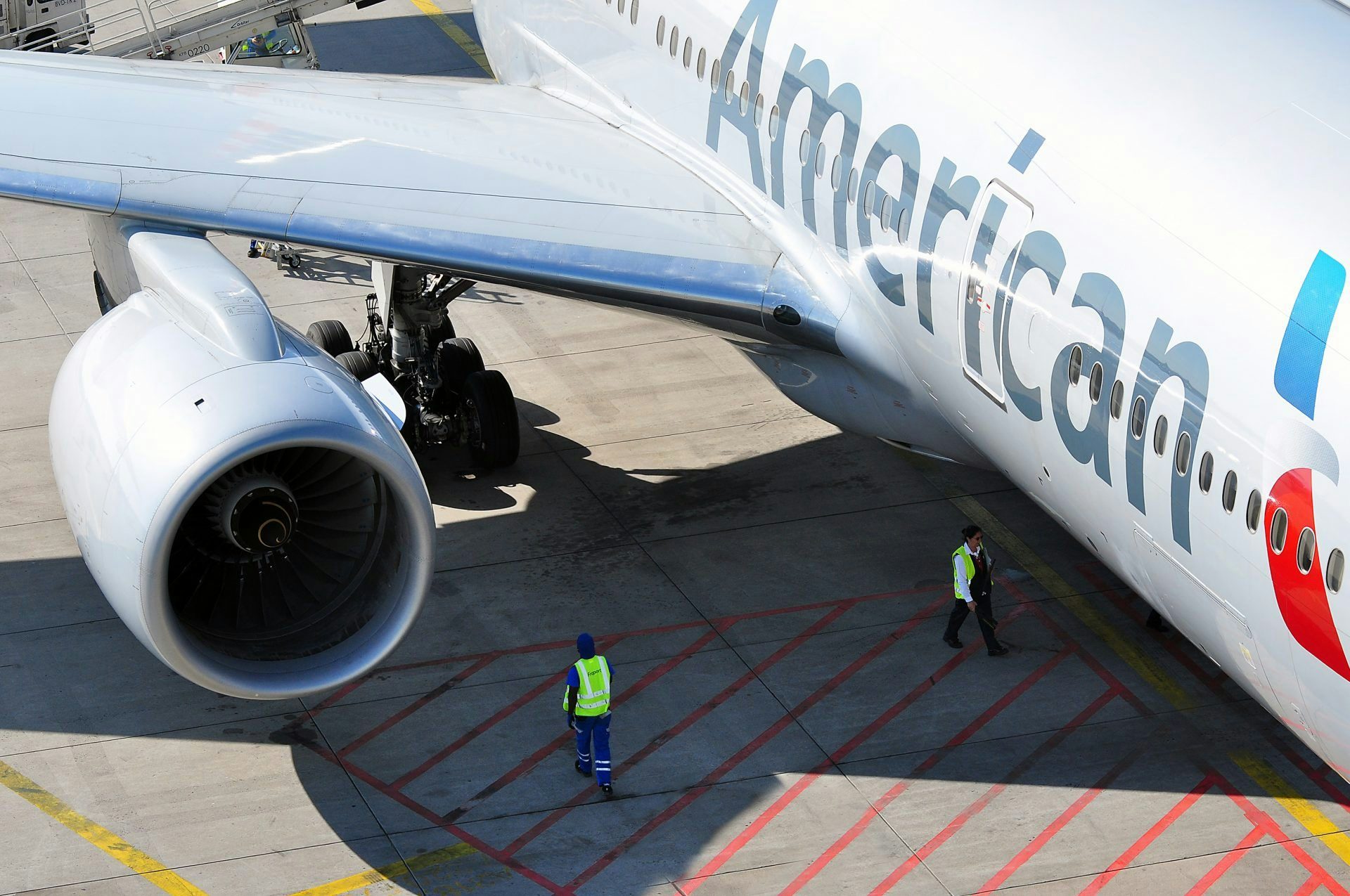Often viewed as a price sensitive tourism market, the Chinese airline market nevertheless remains dominated by state airlines, with overseas flag carriers—often in codeshare agreements with China’s state carriers—picking up some of their slack on international routes. Low-cost carriers, responsible for over half of all air travel in Southeast Asia, are notably absent—currently holding less than 10 percent of the Chinese market.
The explosive growth of Chinese tourism in the last decade, as well as the steady shift from group travel to independent travel, are renewing international low-cost carriers’ (LCCs) interest in the Chinese airline market. For Asian LCC players such as market leader AirAsia, Singapore Airlines’ Scoot, and Japanese Peach Aviation, the growth of China’s homegrown LCC, Spring Airlines, is also cause for warning. Are they missing out on an enormous growth opportunity by not being more active in the Chinese market?
Even though passenger growth potential is high in China, the market is notoriously difficult to enter for players who wish to compete on price. China’s dominant state-owned airlines enjoy significant competitive advantages in everything from regulatory approval to getting attractive slot times at China’s most important airports. It is also widely believed that Chinese airlines would employ predatory pricing strategies and political hurdles to strike any overseas LCC that is too ambitious in trying to corner the Chinese market. Indeed, few—if any—overseas airlines try to compete solely on price in China. Instead, superior customer service or more convenient connections tend to be the primary selling points for overseas flag carriers that operate flights to and from China. Hainan Airlines, the largest private airline in China, also bets on other factors than pricing for siphoning off some of the state incumbents’ customers. Another risk is that a Chinese state-owned airline would follow Singapore Airlines lead and create its own low-cost brand to compete on the cheap end of the market.
The relative success of Spring Airlines and it’s growing number of international destinations is making matters more urgent for other LCCs. Boosted by China’s booming tourism market, it could eventually prove a threat in markets outside China as well, which would be of particularly big concern to AirAsia, the Asian LCC with the largest global operations—especially in China’s periphery.
Perhaps with that in mind, AirAsia’s CEO, Tony Fernandes, took the opportunity to sign a memorandum of understanding with Chinese partners of AirAsia’s foray into the Chinese market during the (for China) politically significant Belt and Road forum in Beijing a couple of weeks ago. Together with the Henan province government and a state-owned conglomerate, AirAsia intends to set up a large base in Zhengzhou where it will operate its Chinese budget airline. Hoping to leverage partnerships with government and state-owned enterprises to facilitate its bid for the Chinese market, AirAsia also announced that it is “exploring” the opportunity to use China’s homebuilt aircraft, Comac C919, as part of its fleet.
However, the explosive growth of the Chinese tourism industry is also presenting AirAsia, and any other LCC that wishes to set up operations in China, with another challenge: a major shortage of qualified pilots. To alleviate the risk of failing to bring on enough qualified pilots to sustain China operations, AirAsia is planning to make part of its proposed base in Zhengzhou a pilot training center.
For AirAsia, the high barriers to entry are clearly worth trying to overcome for a piece of China’s burgeoning LCC market—but the question is if it will prove too costly for other LCCs to follow its lead.

